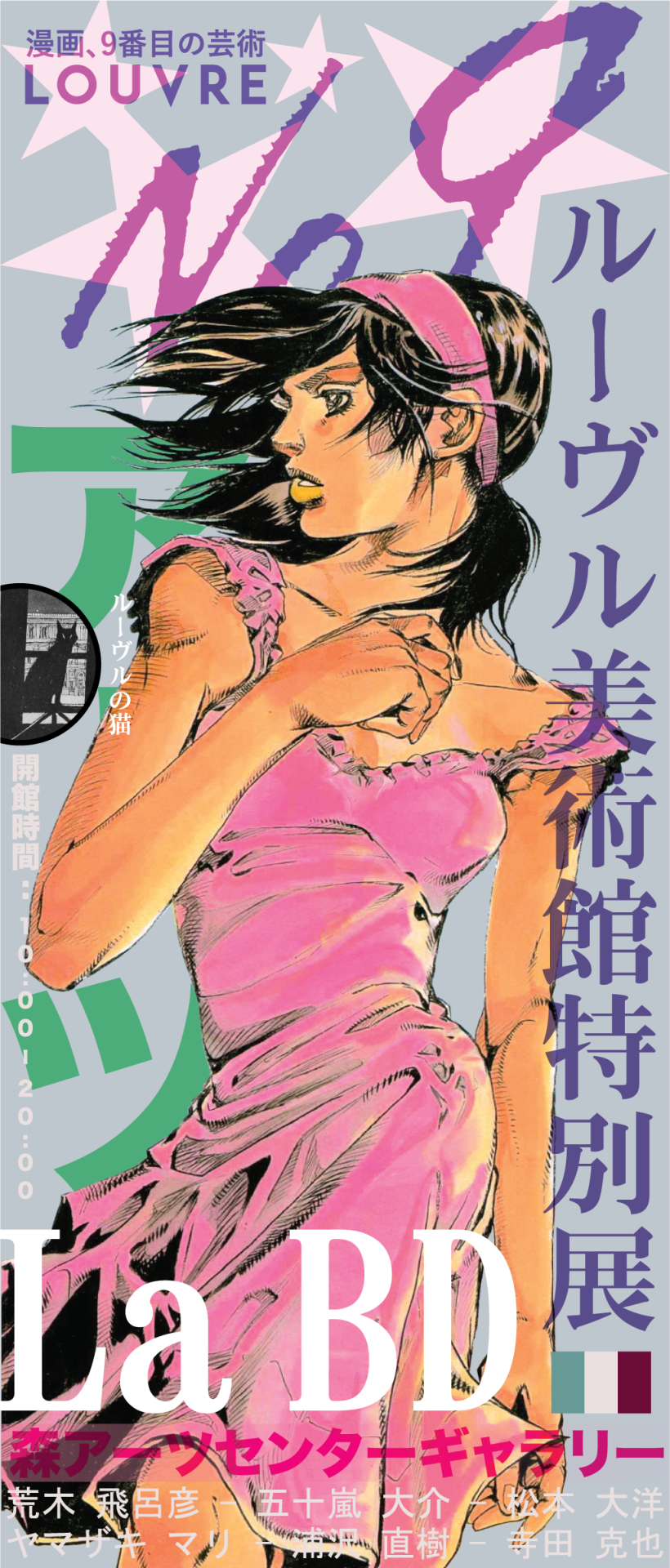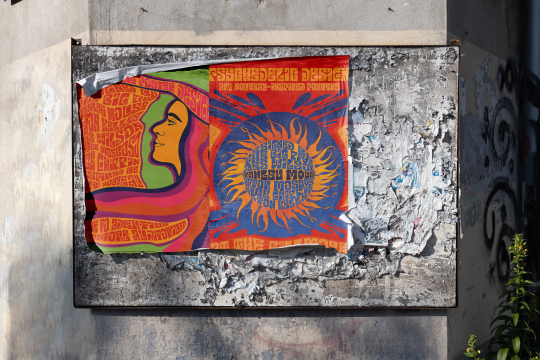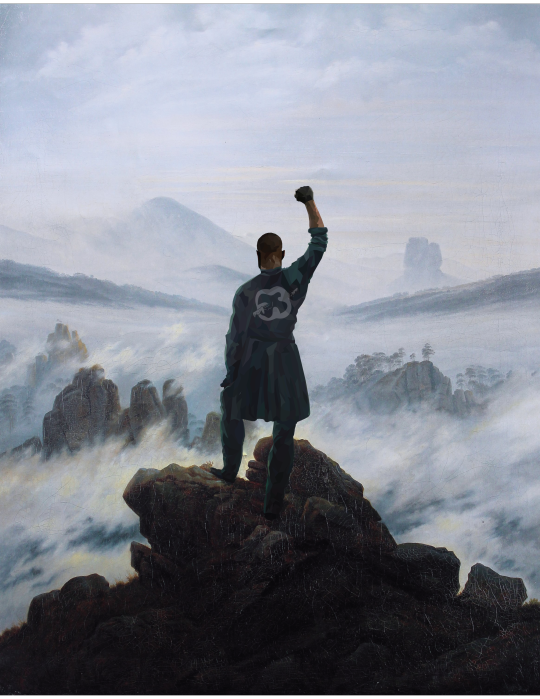Text
Grant Prospecting - Findings Section:
For this project, I collaborated with a team to craft a prospecting report of different grant possibilities for a faculty member. Specifically, I worked on the findings section, which focuses on presenting the details of the grants we selected in a clear and concise way.
Findings: Selected Opportunities
Through our research, we found four grants that fit Dr. -’s research. These are all NSF grants that focus on Arctic research, environmental biology and climate change. The deciding factors for us to highlight these opportunities from a selection of twelve were a combination of relevance to the project, funding amount, submission deadlines, and Dr. -’s previous NSF funding.
Option 1: NSF 23-572: Arctic Research Opportunities
Description: The goal of this solicitation is to attract research proposals that advance a fundamental, process, and/or systems level understanding of the Arctic's rapidly changing natural environment, social and cultural systems, and, where appropriate, to improve our capacity to project future change.
https://new.nsf.gov/funding/opportunities/arctic-research-opportunities/nsf23-572/solicitation
Funding Amount: $50,000,000 for an estimated 75 projects per fiscal year
Deadline: July 15, 2024
Why we think it’s a good fit: The RFP asks for researchers wanting to study Arctic rapid climate changes, which aligns perfectly with Dr. -’s project. It also places focus on helping researchers with interagency collaboration, meaning that the grant could be used to help Dr. - gain access to larger snow datasets that could help improve the spatial range of the project.
Notes: Deadline is approaching quickly
Option 2: NSF 24-543: Division of Environmental Biology
Description: The Division of Environmental Biology (DEB) Core supports research and training on evolutionary and ecological processes acting at the level of populations, species, communities, ecosystems, macrosystems, and biogeographic extents. DEB encourages research that elucidates fundamental principles that identify and explain the unity and diversity of life and its interactions with the environment over space and time. Research may incorporate field, laboratory, or collection-based approaches; observational or manipulative studies; synthesis activities; phylogenetic discovery projects; or theoretical approaches involving analytical, statistical, or computational modeling.
https://new.nsf.gov/funding/opportunities/division-environmental-biology-deb/nsf24-543/solicitation
Funding Amount: $100,000,000 for an estimated 120 projects per fiscal year
Deadline: Proposals accepted any time
Why we think it’s a good fit: This grant has the potential for a lot of funding, and it focuses on projects researching climate change and the environment. Specifically, the STAR Grants have very general requirements for postdoctoral researchers within the environmental biology department, which gives Dr. -’s project a larger chance to succeed. Finally, this grant is focused on projects that have already gone through initial data collection, and projects that are very targeted, so this feels like a perfect match.
Option 3: NSF 21-544: Long Term Research in environmental Biology
Description: Research areas include, but are not limited to, the effects of natural selection or other evolutionary processes on populations; the effects of interspecific interactions that vary over time and space; population and community dynamics for organisms that have extended life spans and long turnover times; feedbacks between ecological and evolutionary processes; pools of materials such as nutrients in soils that turn over at intermediate to longer time scales; and external forcing functions such as climatic factors that operate over long time periods.
https://new.nsf.gov/funding/opportunities/long-term-research-environmental-biology-ltreb/nsf21-544/solicitation
Funding Amount: $600,000 over 5 years
Deadline: Proposals accepted any time
Why we think it’s a good fit: This grant has a large award amount and can fund projects on a longer duration. The long term aspect of this grant could also be ideal for Dr. - since it can fund decade long projects, allowing for the research to observe the effects of climate change on snow over a very long period of time. This would also give the project time to gather data from all across Alaska. Finally, other - University professors have had projects funded through this grant recently.
Notes: The term for this project is 5 years - does Dr. - need long-term funding?
Option 4: NSF 23-622: Organismal Response to Climate Change (ORCC)
Description: This solicitation continues to accept full proposals that propose mechanistic studies of organismal response to climate change (ORCC) as a foundation that, when integrated with research at other levels of organization, will lead to a deeper understanding and better predictions of the integrity, the resilience, and the adaptation of biological systems to climate change.
https://new.nsf.gov/funding/opportunities/organismal-response-climate-change-orcc/nsf23-622/solicitation
Funding Amount: $10,000,000 for 10-14 projects
Deadline: November 19, 2024
Why we think it’s a good fit: This RFP focuses on organism-based responses to climate change, which aligns with Dr. -'s project. The RFP specifically mentions effects of climate change on plants and supports projects that provide insight into how human interactions affect the environment at an organismal level. It also offers a large amount of funding that could contribute to expanding the project.
Notes: Deadline is reasonably far away; this grant is more competitive than the others.
0 notes
Text
EUReCA Grant Proposal
This is the full grant proposal for the CU Denver EUReCA Grant. I chose to do it for an art project, and wrote it throughout the Spring 2024 semester for Grant Writing class.
Grant Proposal for Art Installation Project
Narrative
Archival practices hold power. Choosing what material to preserve has a n important impact on what and who is remembered. Historically, this has tended to impact minorities disproportionately. According to a study conducted by 1000Memories, more photographs are taken every two minutes than what the whole of humanity took before the 20th century. Due to negative attitudes towards homosexuality and gender diversity that prevailed around the world during the 19th and early 20th centuries, little photographic material of historical queers exists. This is due, in part, to the difficulty of accessing photographic equipment for already marginalized people, but it also is due to archival practice. When little historical photographs of queer individuals exist, the harmful notion that homosexuality and gender nonconformity are modern concepts is perpetuated. My work looks to solve this problem by establishing a cohesive exhibition showing these often forgotten images.
When writing about queer memory, Ana Dragojlovic and CL Quinan mention that “ways of remembering and archiving are politically inflected and culturally specific, even as they are inevitably contested by structures of inequalities and power relations in which they are embedded.” (Dragojlovic & Quinan, 2023) . While queer memory is a prevalent topic in contemporary art, it has only been a recent shift in the way we archive queer history. Artists like Nan Goldin (Ruddy, 2009) and Zanele Muholi (Baderoon, 2011) have used their photographic work to document the lives of marginalized queers in an intimate and respectful way. Their work has been acclaimed for their efforts to remember the people who are most often forgotten, as well as for their skill in humanizing their subjects. However, these two artists have only worked at a personal scale, and all their work has been conducted in the latter half of the 20th century. This is evidence that things are changing, but there is a lot of work still to be done to restore queer history.
My project seeks to deal with this issue by taking some of these few surviving 19th and early 20th century photographs, as well as contemporary ones, and turning them into lithophanes. These are 3D printed artworks that turn a photograph into a raised relief where the details can only be clearly seen when looked at against a light source. This not only transfers the photographs, sourced from museums, archives and private collections, into a more durable medium, but the nature of the material also forces the viewers to consciously engage with the photographs by making them have to look at them from a very specific angle. The difficulty for the viewers to see the actual photographs will reflect the extensive history of bad archival practices, raising awareness about the problems that come with it.
The impact of this project should be twofold. On one hand, as mentioned above, the exhibition itself will be set up in a way in which it is quite difficult for the viewers to see the artwork clearly. This will reflect the difficulty of finding and experiencing these images, raising awareness about archival practices. On the other hand, the project will look to directly engage with the lack of queer archival history by searching across museums, archives, libraries and private collections to hopefully find some photographs that only exist in paper, and then both digitize them and turn them into lithophanes. Due to the nature of this problem, I cannot give a concrete number of photographs that will be featured in the final exhibition, but I am aiming for a number around 50. On top of this, I want to contribute to bettering archival practices by making lithophanes out of my own collection of photographs that feature gender diverse individuals.
The process for this project encompasses three steps: research, prototyping, and exhibition. The research step consists of reaching out to museums, libraries, archives, private collections and any other leads to try to find as many pre-1940s photographs of homosexual and gender diverse individuals. The prototyping phase would be the longest, in which I would work with the Auraria Library to determine the thickness of the prints, the material used for them and the different settings of their 3D printers in order to have a more refined final product. This is also the step that will be the most impactful to my learning as I will be working with the Auraria Library to better my understanding of 3D printing techniques. Finally, the third stage would be to have this artwork exhibited in a public space. This would happen initially at RaCas, and would then hopefully later be accepted into a gallery exhibition in Denver.
Works Cited
Baderoon, Gabeba. “‘Gender within Gender’: Zanele Muholi’s Images of Trans Being and Becoming.” Feminist Studies 37, no. 2 (Summer 2011): 390–416.
Dragojlovic, Ana, and CL Quinan. “Queering Memory: Toward Re-Membering Otherwise.” Memory Studies 16, no. 1 (February 2023): 3–11.
Ruddy, Sarah. “‘A Radiant Eye Yearns from Me’: Figuring Documentary in the Photography of Nan Goldin.” Feminist Studies 35, no. 2 (Summer 2009): 330–61.
Project Timeline
October 2024 - Grant awarded
November 1 - 15 2024 - Reach out to archives, museums and collections to gather historical photographs
November 15 - 30 2024 - Prototype lithophanes to finalize the general settings for the final works
December 2024 - Finalize printing with ample time for mistakes
Spring 2025 - Mount RaCAS exhibition
Spring 2025 - Apply to outside exhibitions
Personal Goals
As a queer aspiring artist majoring in art history, it is imperative for me to know about different art production methods and current archival practices. My goal for this project is to gain skills in 3D printing, as well as detailed knowledge of archival practices in museums and libraries. If it gets funded, I will be going through the entire process of making art: ideation, research and development, prototyping, mounting exhibitions and presenting my artwork to an audience. This process will give me valuable experience that will prepare me for my career as an artist. Even more, this project will help me gain experience with 3D printing, an emerging medium that has proven inaccessible to me due to costs, helping me become a more well-rounded artist.
My idea of success will be a complete exhibition featuring at least 40 lithophanes, to be presented in RaCAS and a separate gallery exhibition. For this I’ll have two main objectives: first, finding historical photographs of gender diverse and homosexual individuals through Colorado museums, libraries and archives. Second, I need to prototype and print the 3D lithophanes. These two objectives will help me in my academic career since I am doing a double major in Design and in Art History; having a project that requires me to engage with both sides simultaneously does not just give me hands-on experience on archival practices and 3D printing, but also allows me to explore the intersection of the two disciplines that I am dedicating my life to.
Budget
3D printing at Auraria Library - $10 per model (material costs only) - total for prototyping and final product (around 40 prints total) - $400
The 3D printers at the Auraria Library are available for all students, but still charge for materials. The $10 is an estimate of the average costs for a single lithophane, which could vary between $8 and $15 depending on size. Around 40 prints will be necessary since about 10 of them will be prototypes to get the printer settings right. The other 30 or so will be used for final artwork.
LED Panel - $50
I will need a lighting source for the final artwork as the lithophanes can only be seen clearly against a lightsource. LED panels are an affordable option that is easily obtainable in Amazon, and one which provides strong, uniform light.
Exhibition application fees - $50
I want this artwork to be shown at exhibitions, not just during RaCAS. The exhibitions are TBD, but the average application fee is usually $25. This will allow me to apply to two of them.
0 notes
Text

Manga Exhibition Pamphlet (2023)
Adobe Illustrator, Photoshop and InDesign
1 note
·
View note
Text

Psychedelic Typography (2023)
Adobe Illustrator
0 notes
Text

Sea of Fog (2023)
Adobe Illustrator and Photoshop
0 notes